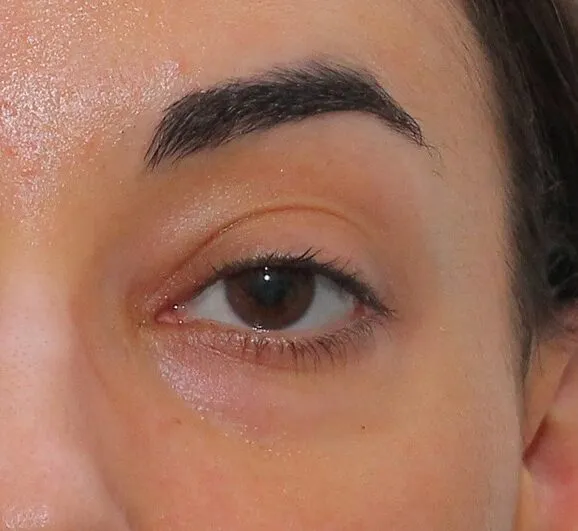Eye diseases
Eyelid ptosis

What is eyelid ptosis?
Eyelid ptosis is the drooping of the upper eyelid in such a manner that the eye is shut closed more than usual and cannot be opened normally.
This not only generates appearance problems, but can also lead to an alteration in the lubrication of the eye’s surface –as the tears are not distributed appropriately by blinking–, and a reduction in the visual field. In the case of children (congenital ptosis (link)), it might also prevent eyesight from developing correctly and lead to “lazy eye” (link).
Symptoms
Causes and risk factors
Treatment
The loss of visual field occurs when eyelid ptosis is severe enough to cover the pupil through the visual stimuli enter the eye.
Other consequences you might notice if you have this badly positioned eyelid are:
- Tired eyes, with a feeling of fatigue and heaviness on the eyelids because you are constantly trying to open your eye more fully.
- Headaches due to the muscle tension maintained involuntarily to “pull” the eyelid up from the forehead.
- Torticollis caused by adopting unsuitable postures to compensate for the visual obstacle (tilting your head, lifting your chin, etc.)
Insofar as the aesthetic impact, don’t forget the repercussions that drooping eyelids might have in terms of personal acceptance and social relations.

